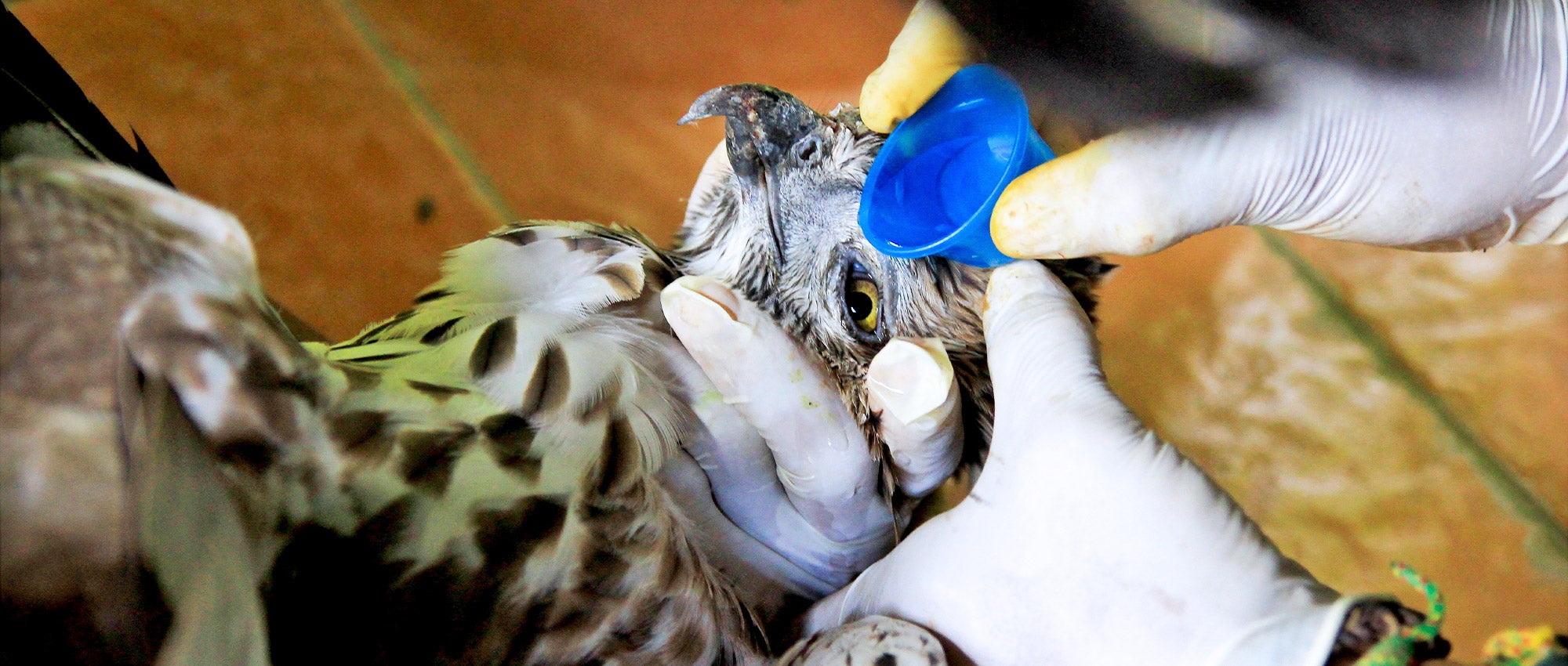Area Resources for Effective Animal Control Burlington Solutions
Area Resources for Effective Animal Control Burlington Solutions
Blog Article
The Function of Humane Wild Animals Removal in Protecting Citizen Ecosystems
Humane wildlife elimination is not just an honest consideration yet a pivotal component in securing regional environments. By focusing on non-lethal techniques, it deals with the delicate balance between human growth and wildlife habitat preservation.
Recognizing Human-Wildlife Conflicts
Human-wildlife disputes usually emerge when the natural habitats of animals converge with human tasks, bring about competition for resources and space. As urbanization and agricultural growth remain to encroach upon wild animals territories, pets such as raccoons, prairie wolves, and deer discover themselves in closer distance to human populaces. This proximity can result in harmful influence on both wildlife and human beings, as pets may cause damages to crops, facilities, and personal effects while human beings may accidentally hurt wild animals with environment devastation and other anthropogenic pressures.
The complexity of these problems originates from a variety of elements. Adjustments in land usage, climate adjustment, and the fragmentation of communities often force wild animals to adjust to new atmospheres, in some cases leading them into household or industrial areas. Additionally, the accessibility of human-generated food resources, such as rubbish and family pet food, can bring in wildlife to human settlements, worsening interactions and potential disputes.
Attending to human-wildlife disputes calls for a nuanced understanding of animal habits, eco-friendly dynamics, and socio-economic factors to consider. By examining these preservationists, interactions and policymakers can establish strategies that intend to alleviate problems while maintaining biodiversity and preserving ecological balance. The objective is to cultivate coexistence and lessen adverse influences on both human communities and wildlife populaces.
Significance of Non-Lethal Methods
Reducing human-wildlife disputes necessitates methods that prioritize the health of both pets and human beings. Non-lethal techniques of wild animals removal personify this principles by providing solutions that stop injury to wildlife while dealing with human concerns. These methods include exclusion strategies, habitat adjustment, and using deterrents to dissuade wild animals from getting in human environments (wildlife rescue burlington). By using such methods, we can take care of wildlife interactions without turning to deadly measures, consequently preserving animal populations and decreasing ethical issues connected with killing.
Non-lethal methods are crucial in keeping environmental equilibrium. They ensure that varieties remain to accomplish their roles within ecological communities, such as controlling pest populaces or pollinating plants. These techniques usually verify much more reliable in the lengthy term, as eliminating private animals can produce a space that is quickly filled up by various other participants of the varieties or different varieties entirely. This can result in a cycle of ongoing elimination initiatives, whereas non-lethal deterrents resolve the root triggers of wild animals presence.
In addition, non-lethal techniques foster conjunction by enlightening the public regarding wildlife actions and motivating harmonious living practices. This understanding can cause much more lasting human-wildlife interactions, ultimately guarding both neighborhood interests and pet welfare.
Advantages for Biodiversity
When non-lethal wild animals elimination techniques are utilized, they contribute dramatically to biodiversity conservation. By making sure the secure relocation of animals instead than their removal, these techniques keep ecological balance and protect the integrity of environments.

Moreover, my company these methods promote conjunction between people and wildlife, decreasing negative interactions and maintaining the abundant tapestry of life that defines biodiverse areas. This approach motivates a deeper understanding and respect for wild animals, promoting area support for preservation efforts. Eventually, humane wild animals elimination is an essential part in safeguarding biodiversity, making certain ecosystems remain practical and vivid for future generations.
Techniques for Efficient Removal
Implementing efficient techniques for humane wildlife removal requires a thorough understanding of animal habits and habitat needs. This expertise functions as the structure for establishing techniques that make certain the moral and safe relocation of wild animals. One primary technique includes carrying out comprehensive analyses of the affected area to recognize the types existing and the certain obstacles they position. This assessment assists in developing tailored methods that reduce stress and injury to the animals.
An additional important technique is using exclusion methods, which concentrate on securing entry points to stop animals from going back to frameworks. This approach not only attends to the prompt problem yet additionally acts as a long-lasting solution, reducing future disputes in between people and wildlife. The usage of non-toxic deterrents and repellents can encourage pets to leave locations willingly, enhancing other removal efforts.
Capture and moving should always be a last hope, employed just when animals position a direct risk or are incapable to exit by themselves. In such situations, making use of humane catches and making sure the launch of pets in ideal environments are important to guarding try this out their welfare. Cooperation with wild animals specialists and adherence to lawful laws even more enhance the efficiency of these approaches.

Promoting Conjunction in Urban Locations
Advertising coexistence in metropolitan locations calls for a multifaceted strategy visit our website that balances human advancement with the demands of neighborhood wild animals. As urbanization proceeds to broaden, it is essential to carry out strategies that minimize human-wildlife conflicts while preserving biodiversity. Urban organizers and policymakers must incorporate green spaces, such as parks and wild animals hallways, into city styles to offer habitats for indigenous species. These locations not only support wild animals but also boost the top quality of urban life by enhancing air high quality and offering leisure areas for locals.
Education and learning and understanding projects are essential in cultivating a culture of conjunction. Citizens need to recognize the importance of wildlife and the function they play in regional ecological communities. Workshops and educational sessions can gear up neighborhoods with understanding on just how to decrease disputes, such as protecting trash and utilizing gentle deterrents to protect against wild animals invasion.
In addition, modern technology can play a substantial duty in promoting coexistence. Making use of wildlife tracking systems, as an example, can assist track animal movements and educate city planning decisions. Cooperations between environmental organizations, city governments, and area groups can additionally strengthen these initiatives, making sure that metropolitan development progresses sustainably while valuing the ecological equilibrium.
Final Thought
Humane wild animals removal is vital for maintaining eco-friendly balance and biodiversity by utilizing non-lethal approaches that minimize injury to animal populaces. Recognizing human-wildlife problems and carrying out approaches such as exemption methods and habitat modification can effectively manage these encounters. Such strategies support the preservation of native varieties and their environments, improving neighborhood engagement and recognition. Eventually, promoting coexistence in urban locations promotes an unified connection in between human beings and the native environment, guaranteeing sustainable ecological communities for future generations.
As urbanization and farming development proceed to intrude upon wildlife territories, pets such as deer, coyotes, and raccoons locate themselves in closer proximity to human populaces. Non-lethal approaches of wild animals removal embody this values by supplying solutions that prevent injury to wild animals while attending to human concerns. By utilizing such approaches, we can take care of wildlife interactions without resorting to lethal procedures, thus preserving animal populations and reducing ethical issues associated with murder.
Carrying out effective strategies for humane wild animals removal requires a comprehensive understanding of animal habits and environment needs.Humane wildlife elimination is vital for keeping eco-friendly equilibrium and biodiversity by employing non-lethal approaches that lower injury to pet populations.
Report this page